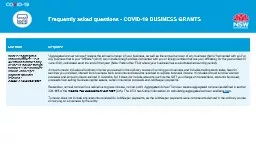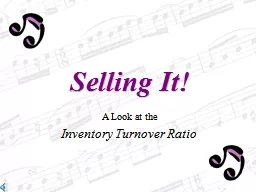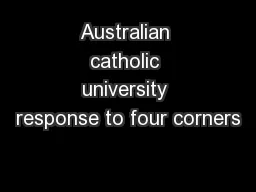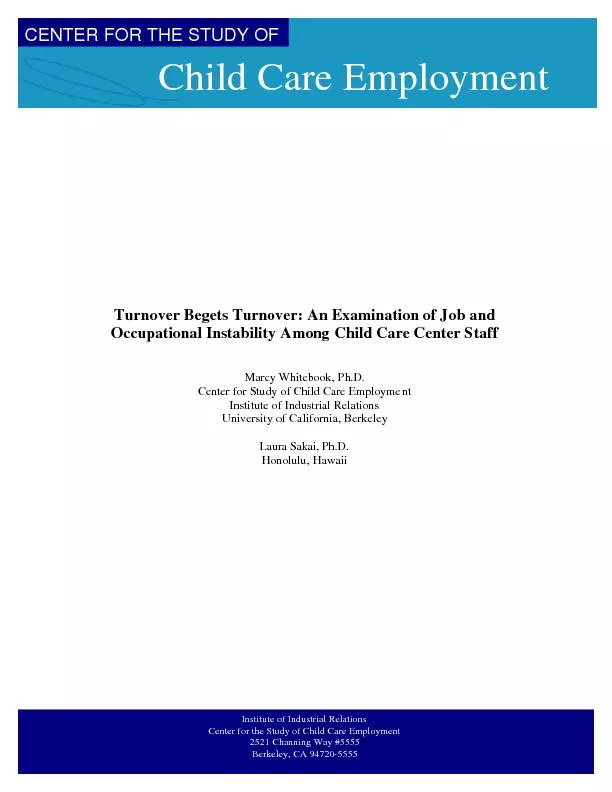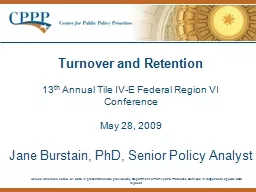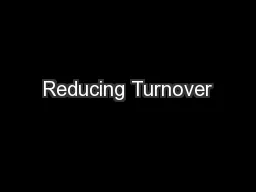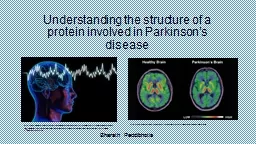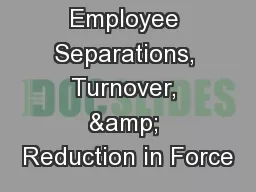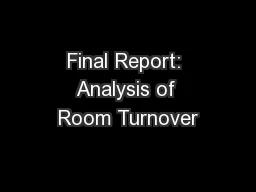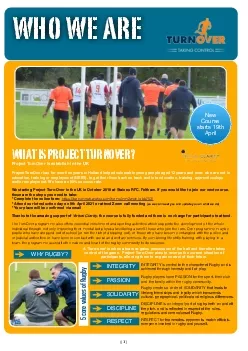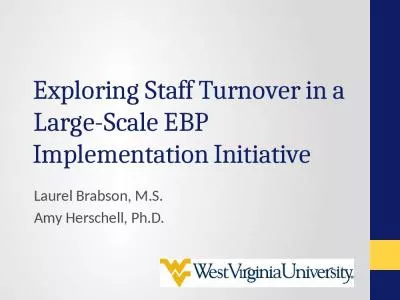PPT-Question Response What is “aggregated annual turnover”? Is it Australian turnover
Author : amelia | Published Date : 2021-12-09
JobKeeper payment amounts received Added 4 November 2021 Aggregated annual turnover means the annual turnover of your business as well as the annual turnover of
Presentation Embed Code
Download Presentation
Download Presentation The PPT/PDF document "Question Response What is “aggregated ..." is the property of its rightful owner. Permission is granted to download and print the materials on this website for personal, non-commercial use only, and to display it on your personal computer provided you do not modify the materials and that you retain all copyright notices contained in the materials. By downloading content from our website, you accept the terms of this agreement.
Question Response What is “aggregated annual turnover”? Is it Australian turnover: Transcript
Download Rules Of Document
"Question Response What is “aggregated annual turnover”? Is it Australian turnover"The content belongs to its owner. You may download and print it for personal use, without modification, and keep all copyright notices. By downloading, you agree to these terms.
Related Documents

